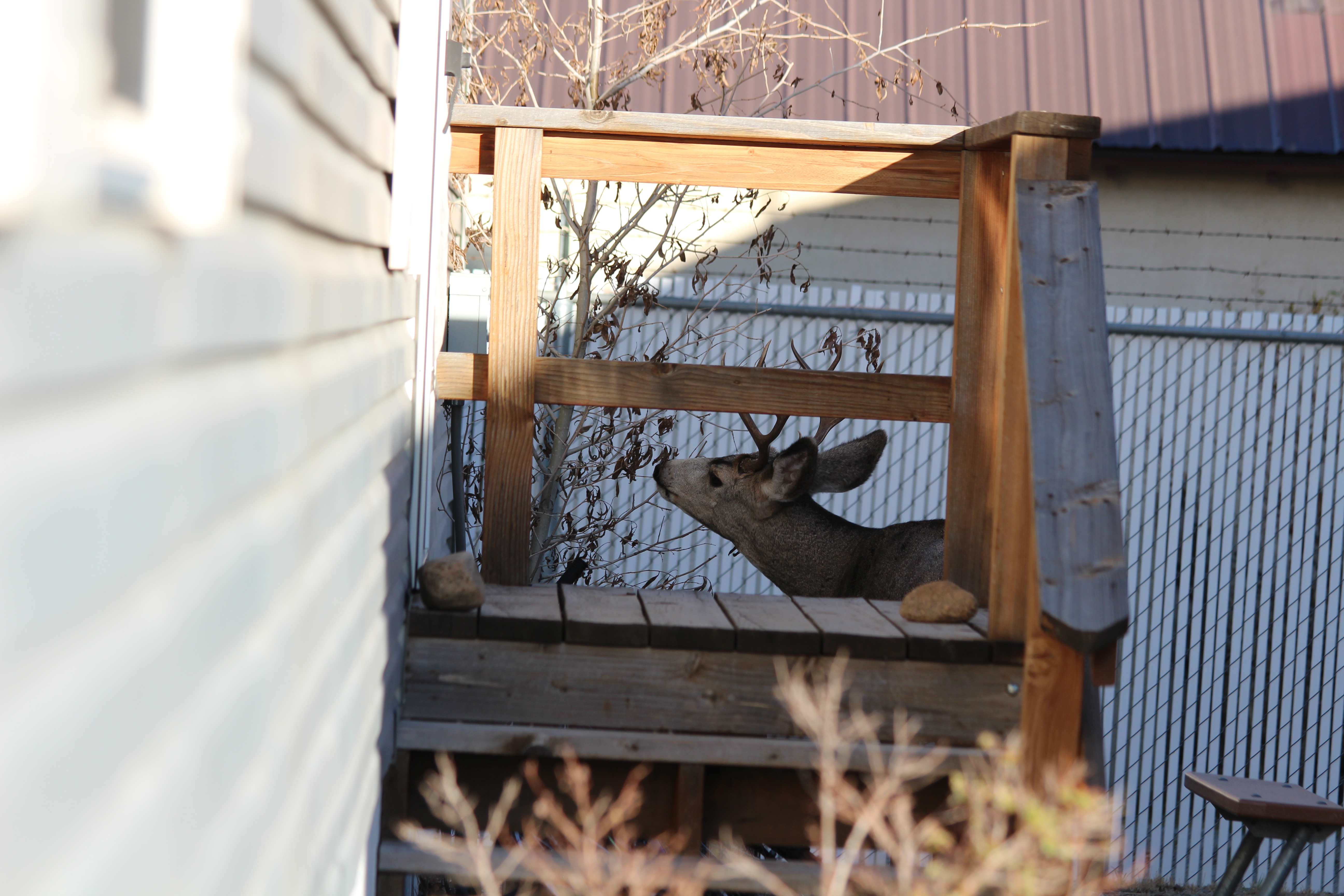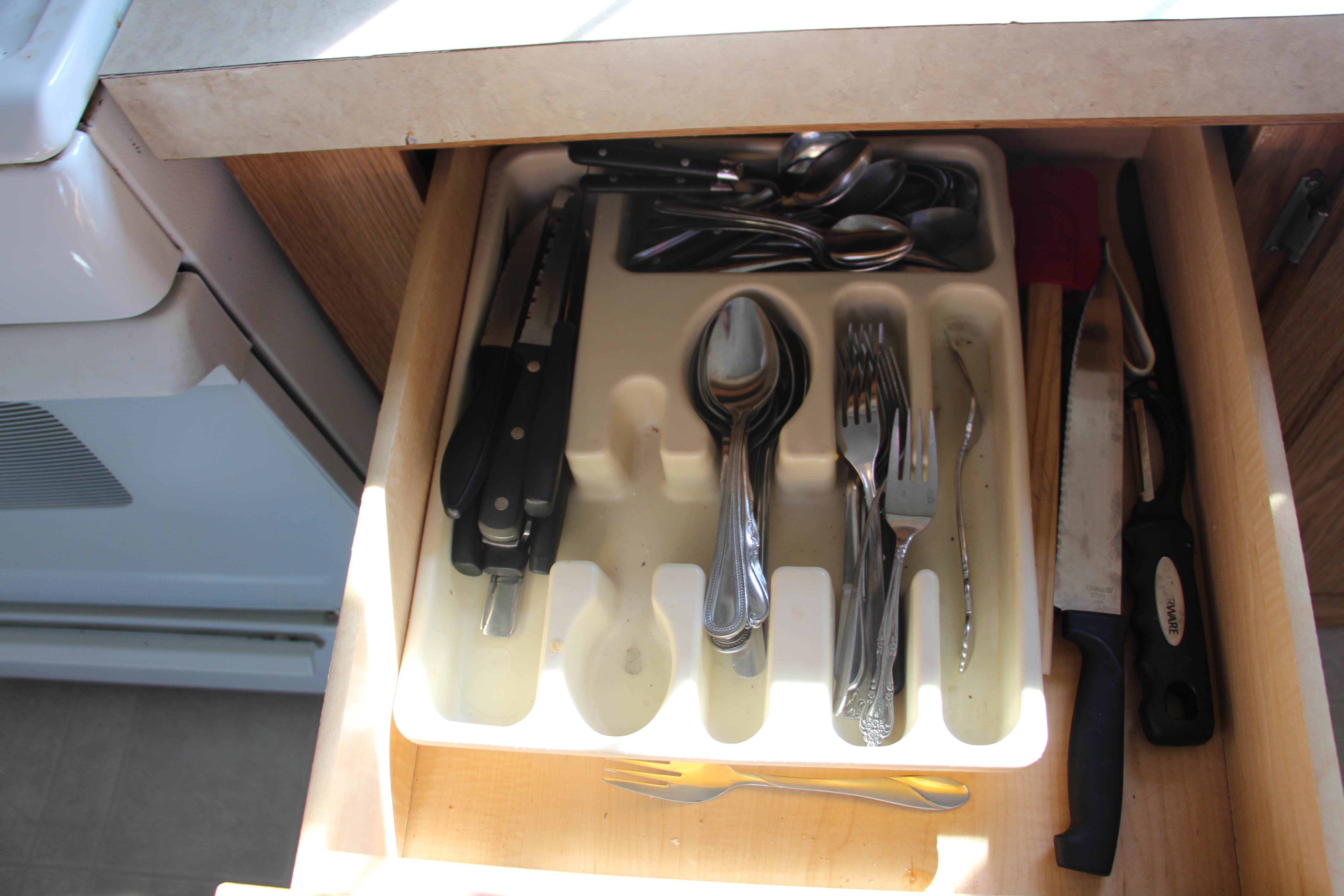My introduction to Wyoming as a CLM intern was marred by an unfortunate incident. The person who was to be my partner abandoned their position on the eve of our first day, leaving me to handle all SOS-related activities in our field office this summer. It was the last thing that I had expected upon my arrival in the little town of Rawlins. We had a big job ahead of us, and the CLM program at this particular field office was crafted for two people. With one, the amount of work allocated to our office would be unmanageable. My mentors and I had two options: cut way down on my workload and not meet the original seed collection quota, or try to make ends meet while CLM worked to hire a late-season replacement.
We chose the latter. I commenced researching the flora of southern Wyoming and my duties as a SOS intern. I gained a feel for the plant community and began work on scouting possible collection sites and gathering voucher specimens from each population. It was a large amount of work that depended on several factors: the existence of suitable populations of our target species in the field office, correct identification of those target species, accurate estimations of population size and seed yield, the site’s relative safety from stochastic factors, etc. If any of these factors went belly-up, I would need to begin the whole process over again. I decided that the only thing to do would be to dive in headfirst with both sleeves rolled up, and make the best of whatever happened.
I quickly found that I had a lot to learn about both BLM work and Wyoming itself. The high desert is a harsh landscape full of hazards that this Tennessee native had never encountered: prairie rattlers, ferocious winds, and a dryness that seems to suck the life out of you. One must be tough and self-sufficient to survive this landscape. Over time, I found that many Wyomingite life skills are skills that are integral to working in the conservation field. Probably the most important of these is field navigation. I had some superficial experience with reading maps in school as part of a cartography class, but for most of my life, Google Maps and plain ol’ familiarity told me how to get to wherever I went. Once in Wyoming, I was faced with a novel landscape, most of which was without cell phone service. To find my field sites, I had to resort to the old-fashioned methods of paper and intuition. There were more than a few wrong turns before I really got the hang of it!
Going hand-in-hand with field navigation was learning to operate 4WD vehicles. “Lucky”, our trusty Chevy Silverado, did not always have the easiest time with us interns behind the wheel. But after a week of being made to drive on steep, rocky, guardrail-less canyon roads (never has Driver’s Ed been more terrifying, emotional, and effective), I felt completely at home behind Lucky’s steering wheel. Trucks such as these are used extensively in federal agencies and other outdoor jobs, so I’m very glad to have this experience now!
The most enjoyable new field skill by far was learning the flora of the Intermountain West. As a botanist in training, it is always a pleasure to apply my skills to another region. I was fortunate enough to have a mentor with a botany background; with his guidance and some research time in the field and the office herbarium, I was able to get a handle on the plant communities in a relatively short amount of time. One of my best memories of the summer was of my first day in the field with him. Second week of work: going out with Frank for some hands-on botanical education. It was the last week of May, when most desert wildflowers are at peak bloom. We drove up through the Cherry Creek valley in the Ferris Mountains, stopping at every new plant we came upon. After copious notes and exploration, we drove down into a small canyon filled with limber pine, currants, blazing stars, and wild greens. I was amazed at the diversity of this austere landscape.
My drive to learn these new skills and the prospect of tackling our collection project alone greatly fostered my independence, a character trait that’s always been crucial to eaking out a living in the West. My mentors were there to help me with anything I asked, but over time I began to manage our project myself. I decided our weekly schedule according to the phenology of our target species, gave reports at project meetings and on conference calls, and handled the data management aspect of our project.
My mentor’s guidance, weeks of preparation, and a lot of new knowledge from the CBG workshop made me feel equipped and determined to tackle our collection task on my own by the time the seeds had begun to cure. Fortunately, the arrival of a replacement intern spared me from doing that (It turns out that collecting seeds can take a long time!). Nevertheless, I feel that my solo work during my first month and a half in Rawlins left me feeling much more confident in my own abilities than I was when I first arrived. This experience allowed me to guide my new partner through our busiest month (July) and wrap up our project in a timely manner.
I’ll admit, when I first accepted this internship, I really didn’t understand the magnitude of what I would be doing. The importance and scope of the SOS program didn’t become clear to me until I attended the workshop in Chicago. The JMP Symposium especially hit home the dire need for a national native seed program. I understood the importance of restoration research, but had no idea of how much networking and coordination is needed to make native plant restoration a reality. I also didn’t realize the precarious state of plant conservation and botanical training in the U.S.; learning that my desired profession is itself on the brink of extinction shook me to my core, and made me feel more committed than ever to advocating for plant conservation measures. Plants are the literal ambassadors between Earth’s main energy source and the inhabitants of this planet; their communities cannot continue to be sidelined in the way that they are now.
I don’t know exactly where I’ll end up next year, or even next month, but one thing is for sure: I am a much more equipped conservation worker than I was this spring. If the West has taught me anything, it is that with enough knowledge and persistence, the battle can be won.
































































